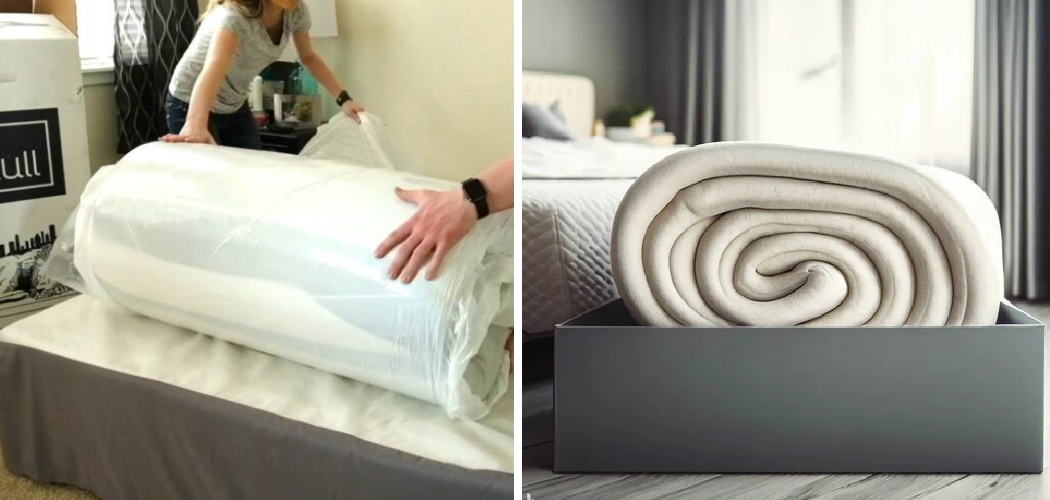Compressing a mattress is a handy skill to have, especially if you need to move or store your mattress efficiently. Whether you’re relocating to a new home, downsizing your living space, or temporarily storing your mattress, knowing how to compress it properly can save you both time and space. In this informative guide, we will delve into the essential steps and techniques for how to compress a mattress without causing damage.
From vacuum-sealed bags and compression straps to manual folding and rolling, we’ll explore various methods to suit your specific needs and circumstances. So, whether you’re a frequent mover or just looking to create extra storage space, read on to discover how to compress your mattress safely and maximize its convenience and utility.
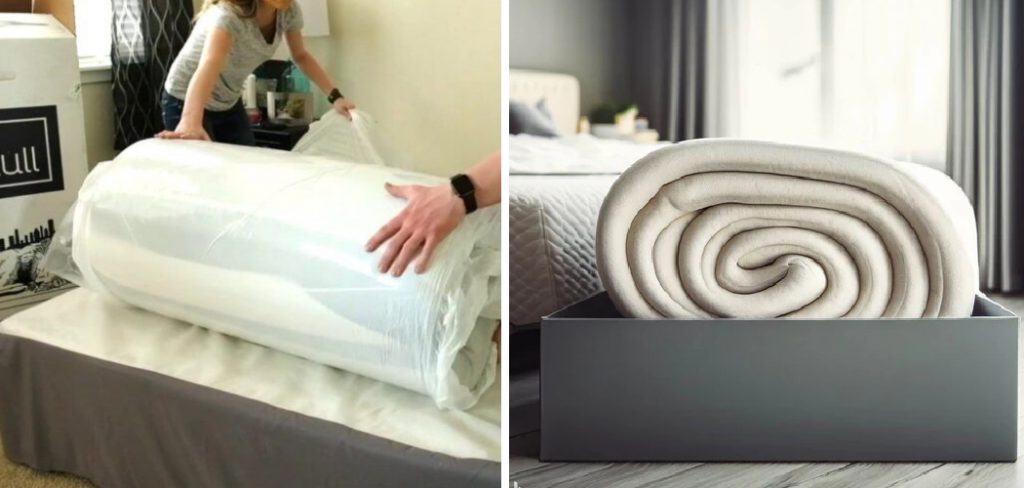
Why and when Mattress Compression Is Necessary
Compressing a mattress is often necessary when moving or storing the mattress. Without compression, mattresses can become damaged during transit and take up an excessive amount of room if stored in their full size. Compressing a mattress not only helps to protect it from damage, but can also help make transporting and storing it much easier.
You may also want to compress your mattress if it has become excessively soft or lumpy over time. Compressing the mattress will help it to regain some of its original shape and provide better support for your body.
Compressing a mattress can be done in two ways: manual compression or machine compression. Manual compression requires someone to physically fold and roll up the mattress, while machine compression requires specialized machines that compress the mattress into a much smaller size. Depending on the type of mattress and your own personal preferences, either method can be used to compress a mattress.
Before compressing your mattress, you should take some time to prepare it for compression. This includes removing any bedding that is attached or on top of the mattress, as well as vacuuming both sides of the mattress to remove any dust or debris that could potentially damage it during compression. Once your mattress is prepped, you can proceed with either manual or machine compression.
Benefits of Mattress Compression
Compressing a mattress offers several advantages. First, it helps to reduce the overall size of the mattress, making it easier to store or transport. Second, compression helps keep the mattress in good condition by eliminating lumps and depressions that can occur over time. Third, compressing a mattress allows for better airflow which helps ensure more consistent temperature throughout the night.
Finally, compressing a mattress can provide a more comfortable sleep experience as it helps to reduce motion transfer between partners. All in all, compressing a mattress is an easy and cost-effective way to get the most out of your sleeping surface.
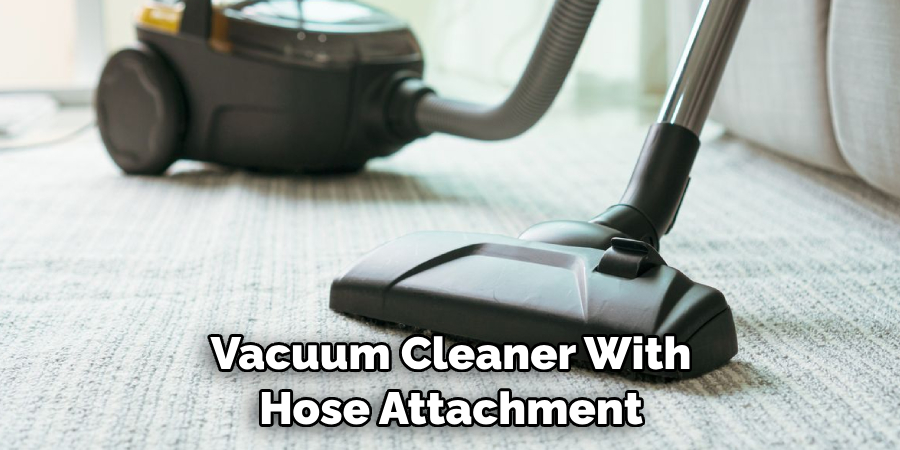
Compression also has other advantages when it comes to maintenance and cleaning. Mattresses that are compressed take up less space, so it is easier to reach crevices and areas that may not be accessible when the mattress is in its full size.
Compression also helps to prevent dust mites, pet dander, and other allergens from settling into the bedding material which can cause irritation and allergies. Additionally, compressing a mattress allows for more thorough cleaning as less dirt and debris will accumulate in the folds and crevices.
10 Steps How to Compress a Mattress
Step 1: Gather Your Materials
- Before you begin, make sure you have all the necessary materials and tools at hand:
- Mattress compression bag or vacuum storage bag
- Vacuum cleaner with hose attachment
- Plastic wrap or mattress cover
- Tape
- Scissors
- Straps or ropes for securing the compressed mattress
Step 2: Clear the Area
Clear the area around the mattress to ensure you have enough space to work comfortably. Remove any obstacles or furniture that might get in the way during the compression process. If you have access to a vacuum cleaner, use it to get rid of dust and dirt that may be present.
It is also important to make sure the area is free from sharp objects like nails or screws that could potentially puncture the mattress when unfolding or folding it.
Step 3: Prepare the Mattress
If your mattress has a removable cover, take it off and set it aside. If not, consider using a plastic wrap or mattress cover to protect the mattress from dust, dirt, and potential damage during compression.
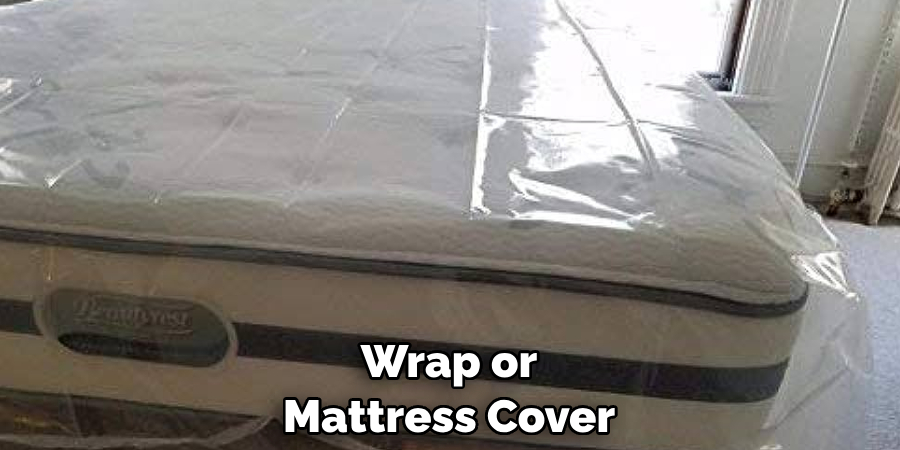
Once the mattress is prepped, use packing straps to secure it together tightly. Loop them around the mattress in two or three different directions; this will help ensure that the mattress stays compressed and secure while moving.
Step 4: Clean the Mattress
Before compressing, it’s a good idea to clean the mattress. Use a fabric cleaner or upholstery cleaner to remove any stains or odors. Allow the mattress to air dry completely to prevent mold or mildew growth. Once the mattress is clean and dry, it’s ready to be compressed.
To ensure that the mattress is completely dry, airing it out in a warm room or using a fan may help. If you notice any moisture on the surface of the mattress after cleaning, leaving it in an area with good air circulation can help speed up the drying process.
Step 5: Remove Air
To compress the mattress effectively, you’ll need to remove as much air as possible. Start by using the vacuum cleaner’s hose attachment to suck out the air from the mattress. Be thorough and make sure to get into all the nooks and crannies. This will remove any dust or dirt that may be trapped in the mattress as well.
You can also use a vacuum bag to compress your mattress. Vacuum bags are designed to fit around mattresses and suck out most of the air, leaving you with a much smaller package that is easier to move. Just make sure not to overfill the bag, which could cause the mattress to bulge and be hard to transport.
Step 6: Secure the Mattress
Once you’ve removed most of the air, secure the mattress tightly using straps or ropes. You can crisscross the straps horizontally and vertically to ensure even compression. Make sure the mattress is as flat as possible. It’s also a good idea to use moving blankets or fabric for extra protection, especially if you plan on storing the mattress for an extended period of time.
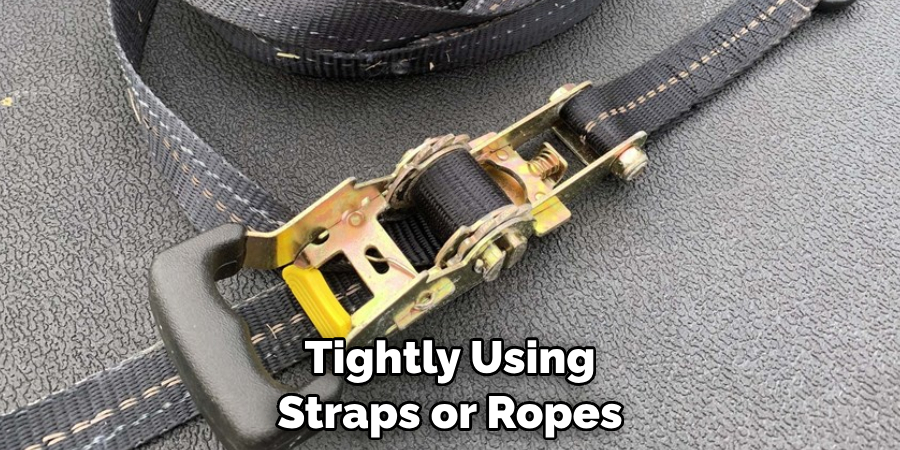
Step 7: Place the Mattress in the Compression Bag
If you have a mattress compression bag, slide the mattress into it. These bags are designed to help maintain compression over time. Seal the bag securely, following the manufacturer’s instructions. If you don’t have a compression bag, you can use a large vacuum storage bag, but be aware that it may not provide the same level of protection.
Step 8: Vacuum Seal the Bag
With the mattress inside the compression bag, attach the vacuum cleaner’s hose to the valve on the bag. Turn on the vacuum cleaner and let it run until the bag is completely sealed and the mattress has been compressed as much as possible. This step may take some time, so be patient.
Step 9: Double-Check Seals
After vacuum-sealing the bag, double-check to ensure it’s properly sealed. You can use tape to reinforce the seal if needed. This step is crucial to prevent air from seeping back into the bag. If the mattress is not properly sealed, it won’t compress in size. However, if it is sealed correctly, you should notice a difference.
Step 10: Store or Transport the Compressed Mattress
Once your mattress is compressed and sealed, you can store it in a suitable location or transport it to your desired destination. Ensure that it’s stored in a dry, cool place to prevent moisture-related issues. Make sure it’s laid on a flat, solid surface and avoid putting any pressure or strain on the mattress while moving it.
It is also wise to use a trolley or other specialised equipment to move the compressed mattress. Doing this will help ensure that you don’t damage the mattress and cause further inconveniences for yourself in the future.
Things to Consider When Compressing a Mattress
It’s important to consider certain things before compressing a mattress. For example, the size of your mattress is an important factor when deciding how you will compress it. The larger it is, the more difficult it may be to compress effectively.
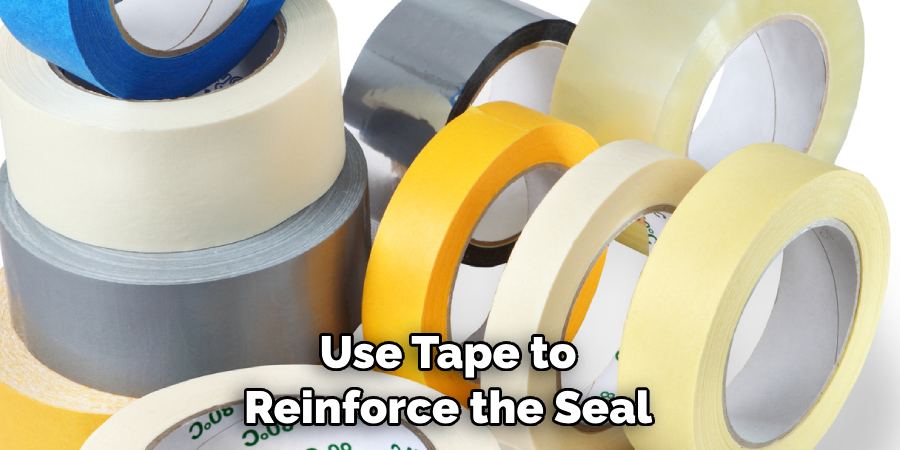
Additionally, make sure that the storage container or bag you are using can accommodate the compressed size of your mattress. Some mattresses may require multiple storage containers depending on their size.
It’s also important to consider the material of your mattress when compressing it. Different types of mattresses, such as memory foam or innerspring, will need to be compressed differently. Depending on the type of mattress you have, you may want to invest in a vacuum bag specifically designed for your mattress.
These bags are designed specifically to compress and store mattresses safely, making them a great choice for those who don’t want to risk damaging their mattress during compression.
Common Mistakes to Avoid When Compressing a Mattress
- Avoid Leaving the Mattress Compressed for too Long – When compressing a mattress, make sure not to leave it compressed for more than a few hours at most. Otherwise, you risk damaging the mattress fabric and compromising its support capacity.
- Don’t Use Sharp Objects when Compressing the Mattress – It is important to avoid using sharp objects when compressing the mattress, as this can cause tears and holes in the fabric which will make the mattress difficult to use.
- Don’t Store your Mattress in a Room with High Humidity – Make sure to not store your mattress in a place with high levels of humidity or moisture, as this can lead to mold and mildew forming on the mattress.
- Don’t Store your Mattress in Direct Sunlight – Exposure to direct sunlight can damage and discolor the fabric of the mattress, making it look old and used quickly.
- Don’t Forget to Use a Protective Cover when Compressing – Make sure to always use a protective cover when compressing a mattress, as this will help keep the fabric protected from dirt and damage.
- Don’t Forget to Fluff up the Mattress After Compressing – After compressing a mattress, make sure to take the time to fluff it up again, as this will help restore its shape and support capacity.
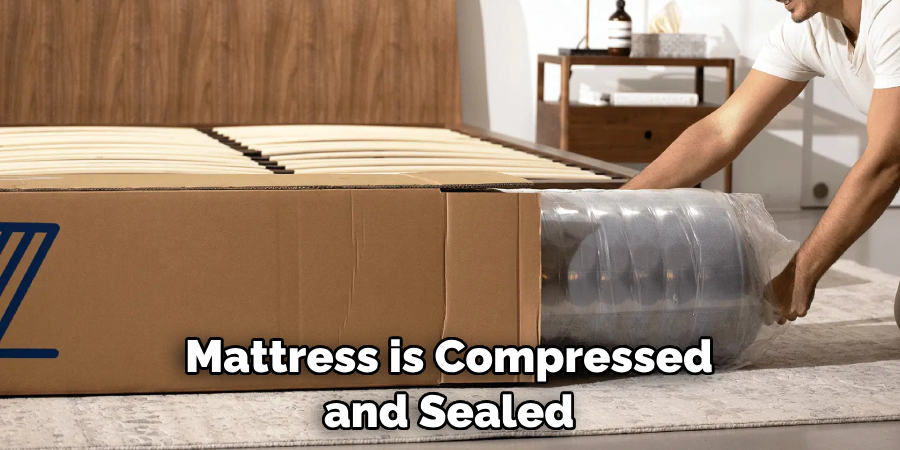
Conclusion
After reading this blog post, you should now be able to compress a mattress with ease. All it takes is a few simple steps and minimal effort to make sure your mattress fits in its designated spot or box. Plus, being able to complete this task can save you both time and money compared to buying a new mattress! With the right set of tools and an understanding of how to compress a mattress, success is easily achievable.
Invest your energy into familiarizing yourself on how compressing a mattress works before diving into the project itself. Good luck! If you feel stuck, don’t be afraid to refer back here for guidance. Take advantage of this handy information so that you can tackle storing or shipping any mattress with confidence!
